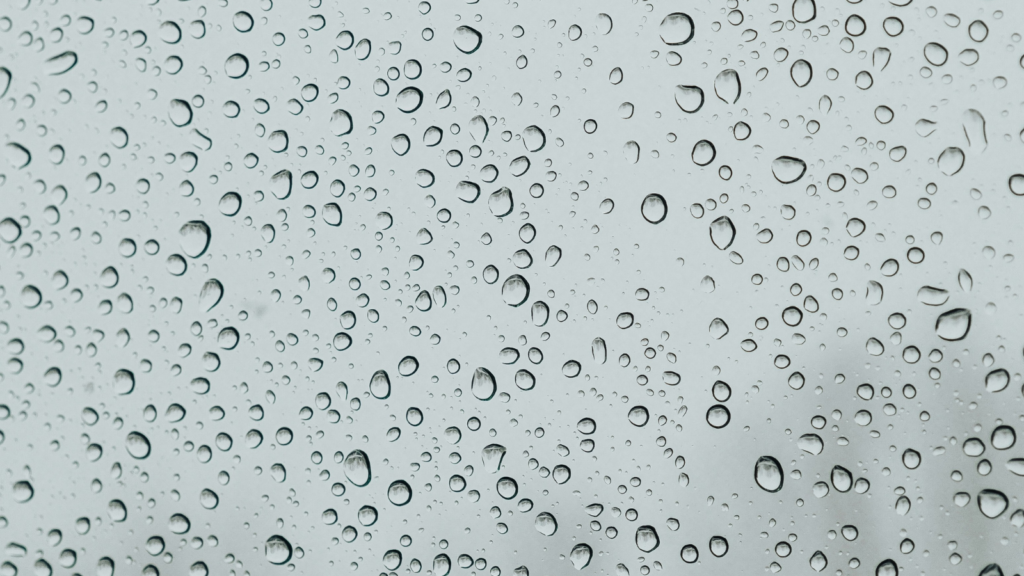Rainwater harvesting is 100% necessary for any homestead. As both prepper and homesteader, I understand the importance of an available water supply. It’s free, it’s clean, and it’s abundant if you know how to capture it. I’ve been collecting rainwater for years, and it’s saved me countless trips to the well and a small fortune on my water bill. But more importantly, it’s given me peace of mind knowing I have a reliable water source no matter what. Let me share with you 15 tried-and-true methods I’ve used to collect and store this precious resource.
1. Rain Barrels

Rain barrels are the easiest way to start harvesting rainwater. Simply place them under your downspouts, and you’re good to go. A typical 55-gallon barrel can fill up during a single rainstorm, providing water for your garden. Make sure to use food-grade barrels to keep your water clean and safe. To prevent mosquito breeding, cover the top with a fine mesh screen or add a few drops of food-grade oil to the water surface.
2. Gutter and Downspout System

Upgrade your rain barrel setup by installing a proper gutter and downspout system. This method can collect water from your entire roof, dramatically increasing your harvesting capacity. A 1,000 square foot roof can collect about 600 gallons of water from just 1 inch of rain! Regular cleaning of gutters and downspouts is crucial to maintain efficiency and prevent contamination.
3. Underground Cistern

For serious water storage, consider an underground cistern. These large tanks can hold thousands of gallons of water, keeping it cool and protected from sunlight. They’re perfect for long-term storage and can be connected to your home’s plumbing system for non-potable uses. The cooler underground temperatures also help prevent algae growth, maintaining water quality for longer periods.
4. Above-Ground Tank

If digging isn’t an option, above-ground tanks are a great alternative. They come in various sizes, from a few hundred to several thousand gallons. Place them on a sturdy, level surface and connect them to your gutter system for efficient collection. Painting the tanks a dark color or wrapping them in a light-blocking material can prevent algae growth and extend water storage life.
5. Bladder Tank

Bladder tanks are flexible water storage solutions that can fit in tight spaces like under a deck or in a crawl space. When empty, they’re easy to move and store. These tanks can hold hundreds or even thousands of gallons of water, making them perfect for homesteaders with limited space. They’re also great for temporary storage during peak rainfall seasons.
6. Rain Garden

A rain garden is both functional and beautiful. It’s a shallow depression in your yard filled with native plants that can handle both wet and dry conditions. Rain gardens collect runoff from your roof or driveway, allowing it to slowly seep into the ground, replenishing groundwater and reducing erosion. They can filter out up to 90% of nutrients and chemicals and 80% of sediments from rainwater runoff.
7. Swales and Berms

Swales are shallow, linear ditches dug along the contour of a slope. Paired with berms (raised earth on the downhill side), they slow down water runoff, allowing it to soak into the ground. This passive system can dramatically increase soil moisture and groundwater recharge on your property. For best results, plant the berms with deep-rooted native plants to stabilize the soil and increase water infiltration.
8. Pond or Dam

For those with larger properties, a pond or dam can store massive amounts of rainwater. Beyond water storage, ponds provide habitat for wildlife, opportunities for aquaculture, and even recreational activities like fishing or swimming. A 1-acre pond that’s 10 feet deep can hold over 3 million gallons of water!
9. Rain Chains

Rain chains are decorative alternatives to traditional downspouts. They guide water from your gutters to a collection barrel or directly into a garden. While not as efficient as downspouts, they add a pleasing aesthetic to your rainwater collection system. The gentle trickling of water down a rain chain can also create a soothing ambiance during rainstorms.
10. Green Roof

A green roof covered in vegetation can absorb up to 80% of rainfall, reducing runoff and providing insulation for your home. Excess water can be directed to storage tanks. While initially more expensive, green roofs can last twice as long as conventional roofs. They also help reduce urban heat island effect and can provide habitat for birds and insects.
11. Fog Nets

In coastal or mountainous areas prone to fog, fog nets can capture moisture from the air. These large mesh screens collect water droplets as fog passes through them, which then drips into a collection system. It’s a unique way to “harvest” water even when it’s not raining. In some foggy regions, a single large fog net can collect up to 600 liters of water per day.
12. Condensation Traps

Similar to fog nets, condensation traps collect water from the air. These can be as simple as a tarp stretched tightly over a hole in the ground. As the air cools at night, condensation forms on the tarp and runs down into a collection container. This method is particularly effective in areas with high humidity and significant temperature fluctuations between day and night.
13. Tree Catchment

In forested areas, you can set up a system to collect water running down tree trunks during rainfall. A collar around the trunk directs water into a pipe leading to a storage tank. This method works best with large, straight-trunked trees. A single large tree can potentially collect hundreds of gallons of water during a heavy rainstorm.
14. Road Runoff Collection

If you have a long driveway or access road on your property, you can install culverts and channels to direct runoff into a collection system. Just be sure to include a first-flush diverter to prevent contaminants from entering your storage. This method can be particularly effective in areas with steep terrain, where runoff flows quickly.
15. Snow Fences

In colder climates, snow fences can be used to collect snow during winter months. As the snow melts in spring, the water can be directed into your storage system. This method allows you to “bank” water for use during drier summer months. A properly designed snow fence can collect up to 10 times its height in snow depth on the leeward side.

